What Is 3D Printing ?
The method known as 3D printing, or rapid prototyping, uses powder metal and other sticky materials to create digital model files that are printed one layer at a time, building the thing. Printing materials with digital technology is the usual method for achieving 3D printing. There are currently parts printed using this technology, which is frequently used to create models for use in mold production, industrial design, and other industries. Gradually, it is also being utilized to the direct creation of some products.
The powder sintering molding technology, which employs an infrared laser to directly sinter a variety of metal materials, including die steel, titanium alloy, aluminum alloy, CoCrMo alloy, iron-nickel alloy, and other powder materials, is typically used in 3D printing for metal powder printing.
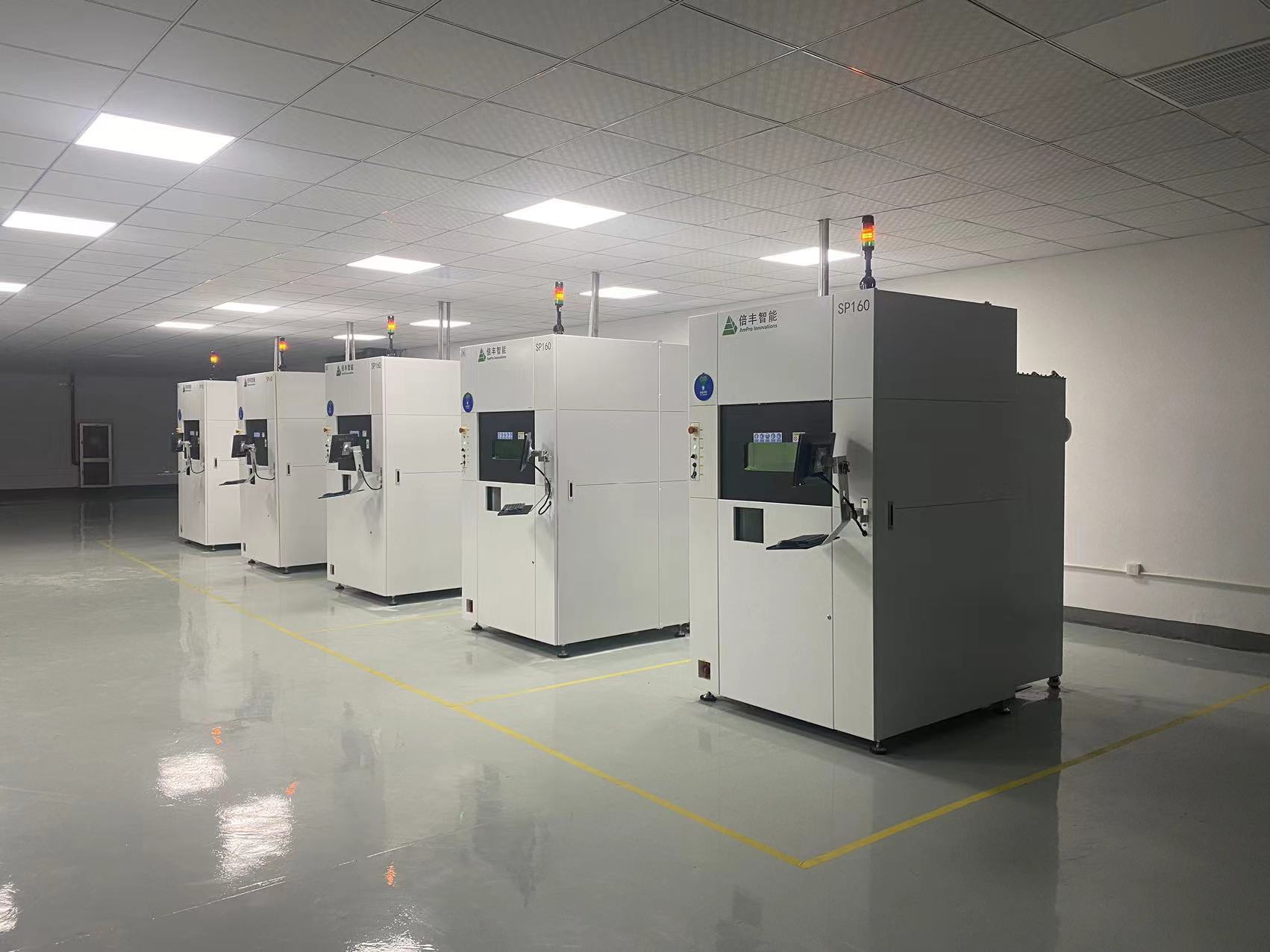
OUR FACTORY
Due to its great strength, excellent resistance to corrosion, and strong heat resistance, titanium metal powder is utilized extensively in many different fields.
Titanium alloy classification
The first type is α titanium alloy, also known as TA.
It is a single-phase alloy composed of α phase solid solution, whether at the general temperature or at a higher practical application temperature, it is an α phase, the organization is stable, the wear resistance is higher than that of pure titanium, and the oxidation resistance is strong. At the temperature of 500℃ ~ 600℃, it still maintains its strength and creep resistance, but it can not be strengthened by heat treatment, and the strength at room temperature is not high.
The second type is β titanium alloy, also known as TB.
It is a single-phase alloy composed of β phase solid solution, which has high strength without heat treatment, and the alloy is further strengthened after quenching and aging, and the room temperature strength can reach 1372 ~ 1666 MPa; But the thermal stability is poor, should not be used at high temperatures.
The third type is α +β titanium alloy, also known as TC.
It is a two-phase alloy, with good comprehensive properties, good organizational stability, good toughness, plasticity and high temperature deformation properties, can be better hot pressure processing, can be quenched, aging to strengthen the alloy. The strength after heat treatment is about 50% ~ 100% higher than the annealing state; High temperature strength, can work at 400℃ ~ 500℃ temperature for a long time, its thermal stability is inferior to α titanium alloy.
Application of titanium 3D printing
Titanium alloy has high strength and small density, good mechanical properties, toughness and corrosion resistance. In addition, the process performance of titanium alloy is poor, cutting processing is difficult, and it is very easy to absorb impurities such as hydrogen, oxygen, nitrogen and carbon in hot processing. There are poor wear resistance and complex production process. Industrial production of titanium began in 1948. The needs of the development of the aviation industry make the titanium industry develop at an average annual growth rate of about 8%. The annual output of titanium alloy processing materials in the world has reached more than 40,000 tons, and nearly 30 kinds of titanium alloy grades. The most widely used titanium alloys are Ti-6Al-4V(TC4),Ti-5Al-2.5Sn(TA7) and industrial pure titanium (TA1, TA2 and TA3).
Titanium alloy is widely used in the field of aerospace technology of high performance materials, its light weight, high strength, good toughness, corrosion resistance is its most significant characteristics. Titanium alloy is widely used in medical equipment, chemical equipment, military and sports equipment and other fields. 3D printing titanium alloy turbines, gears, skeletons and other physical objects can be constructed complex geometric shapes and used directly.
Titanium 3d printing service in military applications
Laser titanium alloy forming technology completely solves this series of problems, due to the use of superposition technology, it saves 90% of the very expensive raw materials, coupled with the need to manufacture special molds, the original equivalent of material costs 1 to 2 times the processing costs now only need the original 10%. Processing 1 ton of titanium alloy complex structural parts, a rough estimate, the cost of the traditional process is about 25 million yuan, and the cost of laser 3D welding rapid prototyping technology is only about 1.3 million yuan, its cost is only 5% of the traditional process more importantly, many complex structure of titanium alloy construction can be 3D printing through one molding, not only save time, It also greatly improves the strength of the material. If the F-22 titanium alloy forgings are manufactured using China’s 3D printing technology, the weight can be reduced by up to 40% in the case of comparable strength.
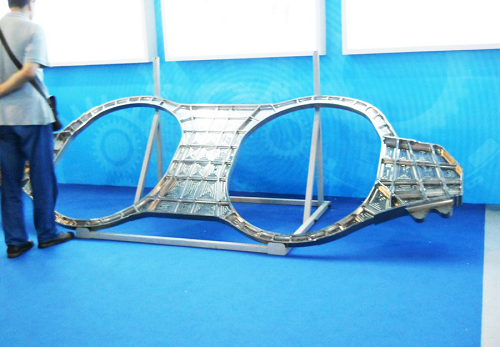
Titanium 3D printer manufacturing of large bearing parts, in the field of aviation, China’s laser titanium alloy forming technology has been widely used.
Titanium 3d printing service in medicine
3D printing titanium alloy processing ability is strong, so that the structure of complex medical devices to get rid of the shackling of traditional design can be realized, in addition, in the field of restorative medical treatment due to the individual differences of patients, 3D printing can achieve personalized customization of patients, improve the adaptation, not only that, 3D printing titanium alloy processing cycle is short, This has long-term implications for patients with diseases such as bone tumors.
3D printing can be used to create general-purpose complex implants, including hip, knee, shoulder, oral implants or implant attachments.
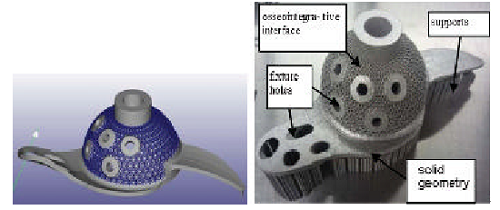
Pictured are CAD design of implants and structural units (left) and hip prosthesis prepared by 3D printing (right).In terms of personalized permanent implants, 3D printed titanium alloys can meet the individual needs of each patient.
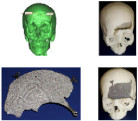 Titanium alloy 3D printed craniomaxillofacial prosthesis
Titanium alloy 3D printed craniomaxillofacial prosthesis
The porous titanium alloy implant has a good bone growth ability, which can support the growth of human bone cells in it, and the porous structure of 3D printed titanium alloy in the construction of the implant is significantly better than the traditional process.
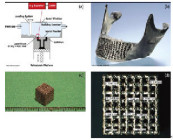 Personalized mandible prepared by laser rapid prototyping.
Personalized mandible prepared by laser rapid prototyping.
Titanium 3d printing service in the automotive industry.
The industrial chain of 3D printing titanium alloy is not mature at present, compared with the traditional process, the surface of 3D printing titanium alloy still has a gap, which needs to be polished, electroplating, painting and other post-processing.
 3D printed turbocharger
3D printed turbocharger
Titanium 3d printing service in the aerospace industry
With the development of the aviation industry, the complexity of parts is getting higher and higher, and the quality requirements are getting lighter and lighter, compared with traditional manufacturing, 3D printing technology has absolute advantages.
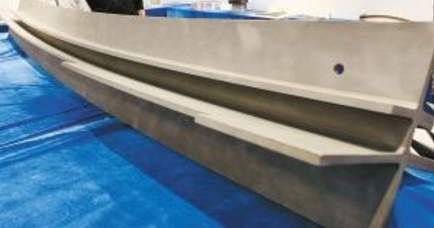 Titanium 3D printed C919 large aircraft center flange strip
Titanium 3D printed C919 large aircraft center flange strip
Limitations of 3D printing titanium alloys
The use of laser, and electron beam as the heat source of 3D printing metal components, is the metal powder or wire according to the set path layer by layer welding superposition, and finally form the target part, its essence is welding.
Therefore, the limitations of 3D printing titanium alloy are mainly: many defects, poor mechanical properties, low dimensional accuracy, low processing efficiency, and high cost.
- (1) Many defects: the essence of 3D printing is welding, so there must be porosity, cracks, inclusions, non-fusion and other welding defects inside the metal parts, so one of the important topics of metal 3D printing technology research is a defect control technology.
- (2) Poor mechanical properties, poor surface quality, low dimensional accuracy: Metal materials formed by 3D printing have anisotropy of microstructure and mechanical properties, and surface quality, dimensional accuracy and consistency are also different from traditional casting and forging, so the mechanical properties and dimensional accuracy of 3D printing parts is another research focus.
- (3) Low printing efficiency and high cost: printing efficiency and dimensional accuracy contradict each other, high printing efficiency will inevitably lead to low dimensional accuracy, and does not meet the requirements of large-scale industrialization, so how to improve printing efficiency and reduce mass production costs is also an urgent problem to be solved.
Performance requirements of 3D printing titanium
Some important structures of aircraft and engines are subjected to fatigue loads, which require sufficient fatigue life to ensure flight safety under cyclic stress, corrosion or high temperature environments. Therefore, whether 3D printed titanium alloys can be safely used needs to be evaluated by a series of mechanical properties indicators.
It generally includes: chamber, high temperature tensile performance, room temperature compression performance, static thermal stability performance, DFR performance test, impact performance, fracture performance, chamber, high and low temperature fatigue performance, spectral load fatigue performance, crack growth rate and threshold value, spectral load crack growth performance, creep and durability performance, stress corrosion cracking KISCC performance, etc., and this evaluation is multi-batch. At present, the 3D printing of metal materials mainly focuses on the conventional mechanical properties and fatigue properties test research, and the accumulated mechanical properties data is still very limited, and the grades of materials studied are also less, which can not provide enough mechanical properties data for the structural design of aircraft and engines.
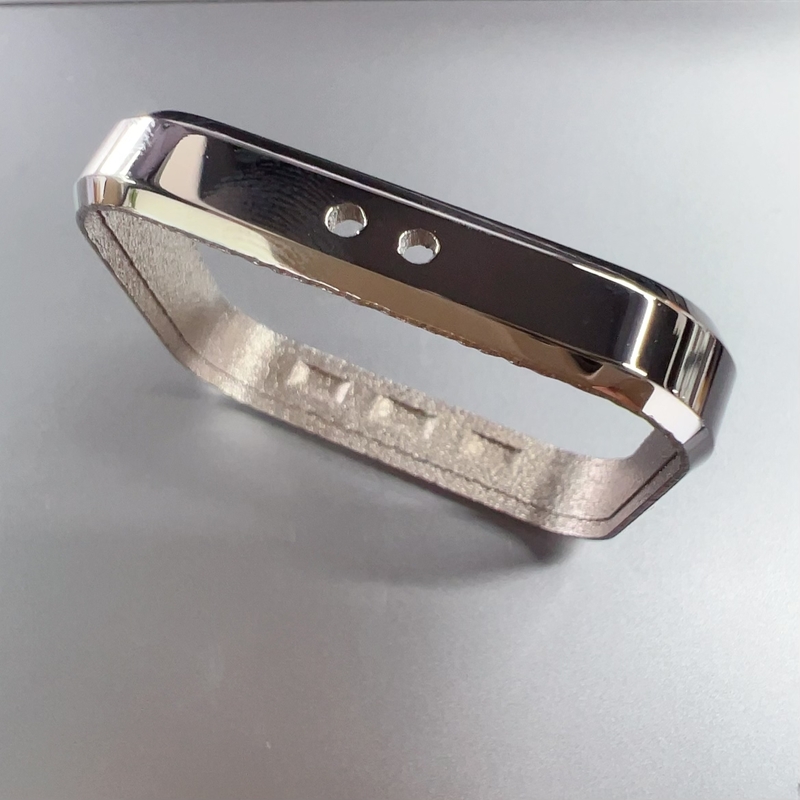
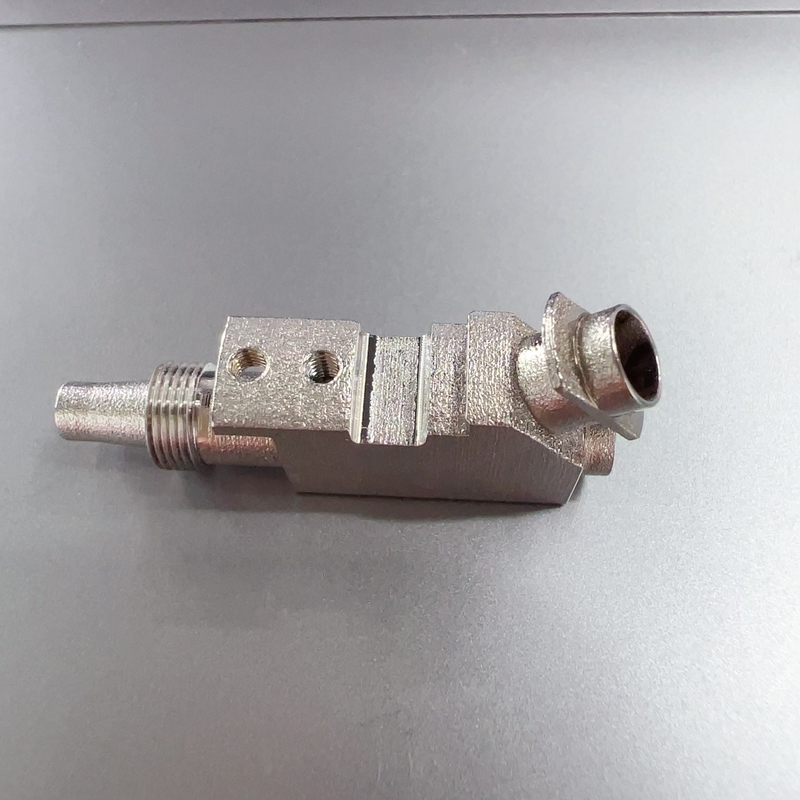
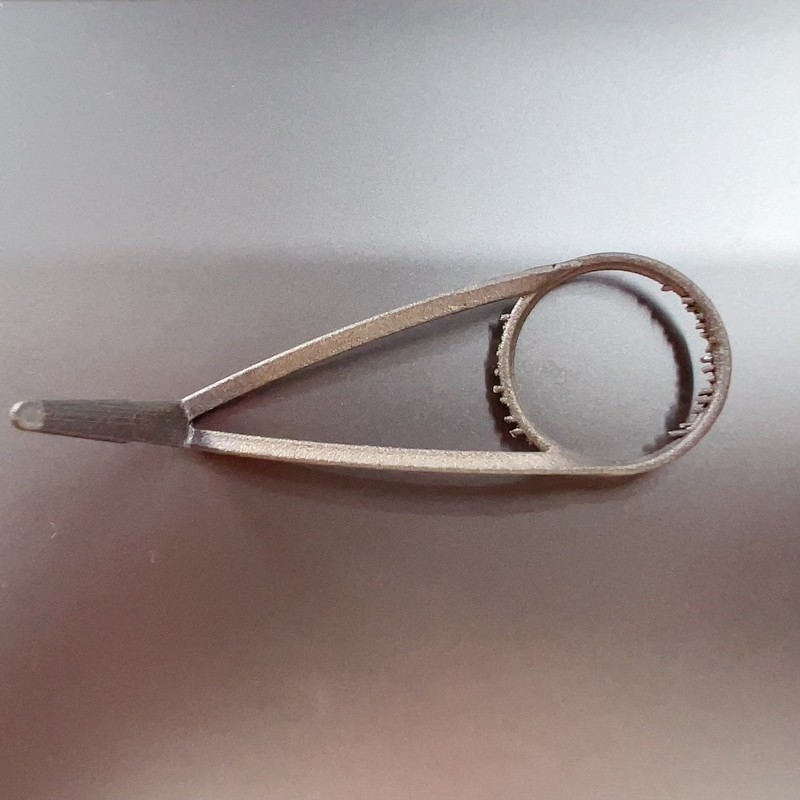
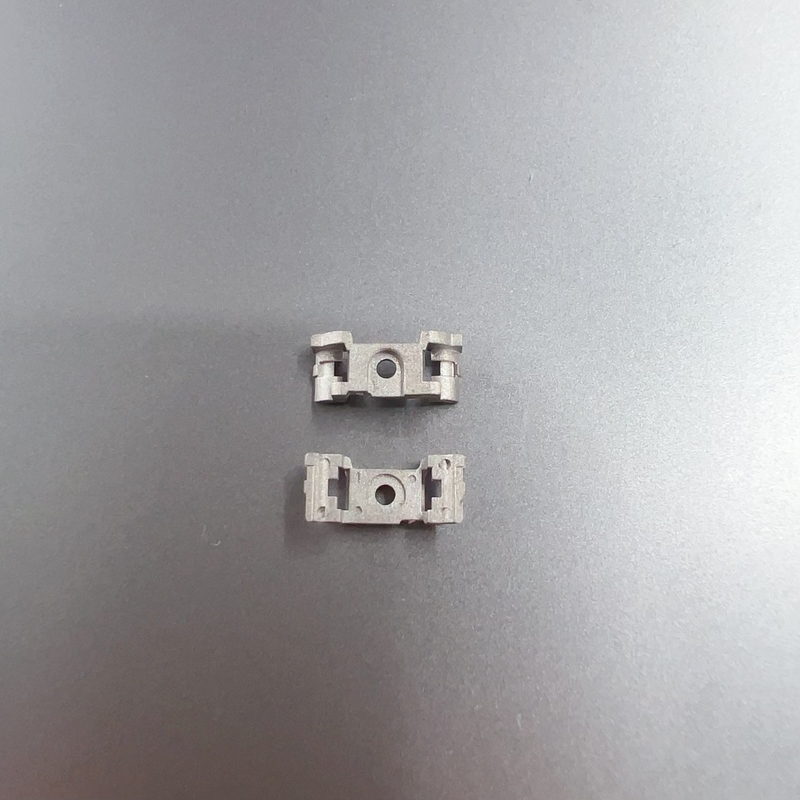
The titanium 3D printed phone frame is produced by JH MIM
JH MIM, which started out as MIM, has established a sound product ecology by investing in advantageous enterprises in related industries. Now it can provide customers with one-stop services such as Powder Metallurgy, Die Casting, CNC, and 3D printing. It is equipped with integrated assembly capabilities and the quality of quality suppliers mentioned above. Please click the link below for more detailed information.

